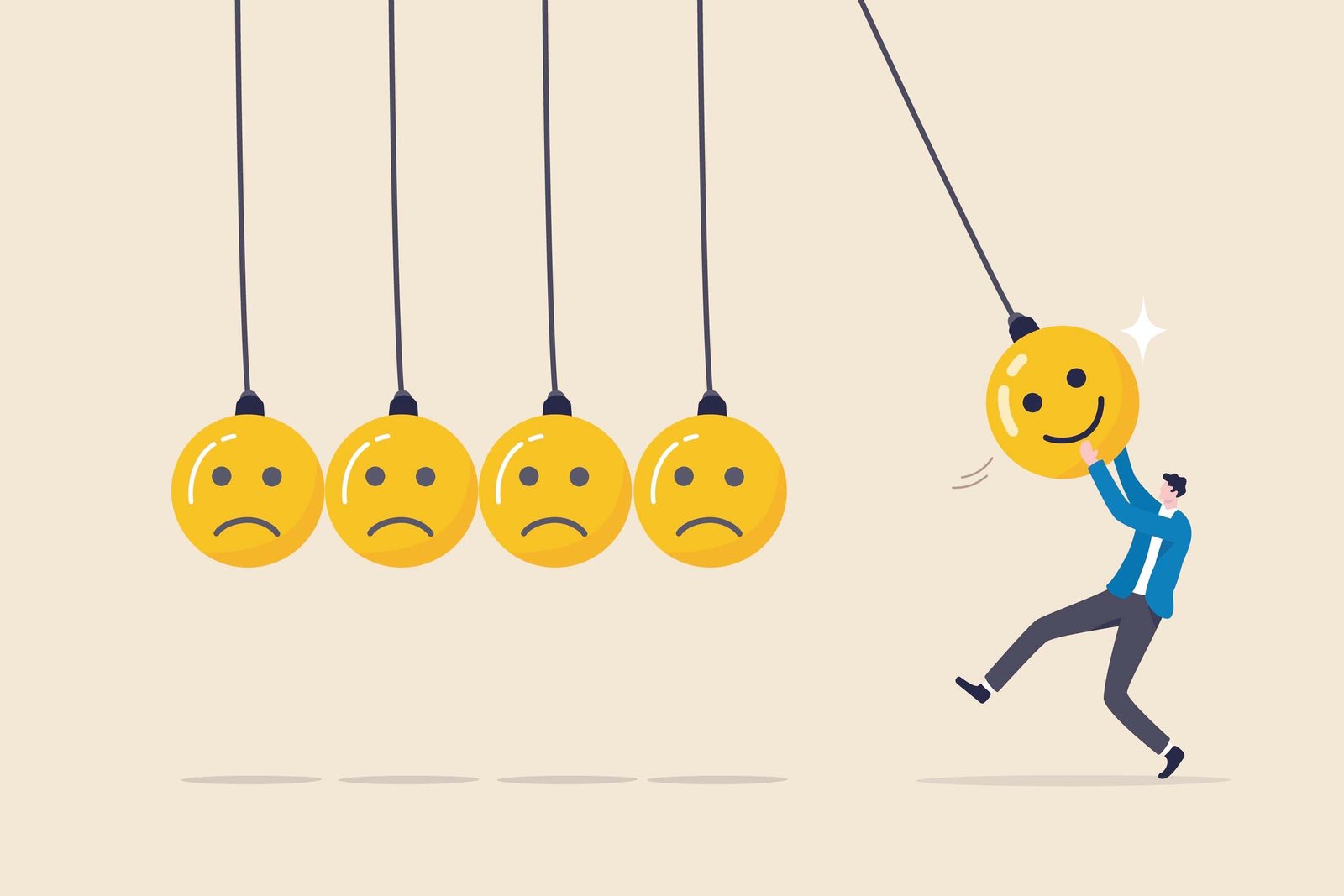By: Lalit Garg
Education is one of the core building blocks of a society and of a nation. This is why countries with high literacy rates and good educational systems tend to be more developed than those without. It can be said that education is also such a weapon by which a person can change not only himself but also the society, the nation and the world. When it comes to making a new India – a strong India, then there is a need to develop a positive attitude towards education and pay maximum attention. But it is a matter of concern that despite this positive thinking of the governments, our education system has been giving opposite signals.
The increase in the number of dropouts of students in higher education and school education in India, that is, increasing the number of students leaving studies in the middle, is becoming a big question not only on the education system but also on the government’s education policy and system. According to a reply given in the Parliament, during the last five years, more than 34,000 students left their studies midway in the country’s renowned higher educational institutions. On the other hand, in the analysis of the board examinations of the year 2022 by the Union Ministry of Education, it has been said that lakhs of children drop out in the country at the level of tenth and twelth. According to the analysis, last year 35 lakh students did not go to class 11th after class 10th.
Out of these twenty seven and a half lakh were not successful and seven and a half lakh students did not appear in the examination. Similarly, 2.34 lakh students dropped out after class XII last year. Seventy-seven percent of these were from eleven states. That is, about fifty eight lakh students leave studies in 10th and 12th, so it should be a matter of great concern for any government and it is a question mark on the ground level implementation of government welfare programs from the overall education system.
If we talk about higher education, then our educational institutions look far behind on global standards. This is when in the 76 years of independence; the governments made a lot of efforts towards the spread of education, gave shape to multidimensional schemes and made huge provisions in the budget as well. Among the more than 34,000 students who drop out midway, Dalit, tribal and backward class students are more.
These institutes are not any ordinary government colleges but of the level of IITs, NITs and IISERs, IIMs and Central Universities and the like. Is the standard of education and environment not proper in such institutions? The government and the educationists of the country will also have to worry about the fact that why 92 students who took admission in these higher educational institutions in the last five years committed suicide in the middle of their studies? Similarly, Darshan Solanki, a first year student of IIT Bombay, committed suicide recently, after which the students there have been officially asked not to inquire with each other about JEE (advance) rank or GATE score. Nor ask any such question which exposes the caste of the student and its related aspects. Such a guideline is needed not only by IIT Bombay, but by all higher education institutions. But the question is whether such symbolic steps can solve serious problems like the increasing number of suicides.
The success of any country’s education system lies in the fact that there is a continuum in the attainment of education from elementary to higher levels. If due to any reason a student is facing difficulties in further studies, then measures should be taken to remove them. But for the past many decades, this question has been persistent that a large number of students leave school-colleges midway and concrete measures are not taken by the government to complete their further studies. This concern has been underlined many times in the study reports of organizations working on this issue from the government to education, but till now no meaningful solution has been found.
Due to all government efforts and schemes, education is becoming expensive, competition is increasing, and it is becoming a compulsion to teach children in private schools and colleges due to the impossibility of admission in high level schools and colleges. Even if some families take courage and get admission in private schools and colleges, then due to financial compulsion, they are forced to withdraw their children from the school in between. Amidst the big schemes of the government, the situations of students leaving schools and colleges will have to be taken seriously. Instead of making education complicated, it has to be made easy, carefree, less expensive and interesting. It is also necessary to make education interesting so that some children do not find school-college boring, by the time they reach 9th and 10th standard; many children find school-college boring. For this reason, they want to go to school-college late, bunk the class and sit in the lunch break. Due to lack of attachment to studies, students often leave school and college. Students wanting to drop out for any reason are a major problem for parents, but it also points to a major lack of education.
The purpose of sending children to school is not only to become a good citizen by getting education; education also plays a major role in earning and advancing nation-building. But at present, most of the school-college managements have started seeing it as a business, governments are also running away from the responsibility of education, after the implementation of the Right to Education Act in India, many things have changed at the ground level. For example, enrolment of children in schools has increased. Every year the figures of the number of children passing the eighth standard have increased rapidly. But along with this the question of quality in education and retention of children in school remains the same. Dropout of students, especially in higher educational institutions, is becoming a serious problem.
In all other fields, the world recognizes our talents as iron. It is also true that admissions in these prestigious higher educational institutions of ours are also fiercely competitive. Despite this, the governments will have to think deeply about why students are turning away from such institutions as well. Otherwise, the process of dropping out from such institutions is not going to stop.
Amidst the efforts being made to improve the level of education in the country, one cannot lose sight of the fact that there is not a single name from India in the top 100 higher educational institutions of the world. Even today, foreign educational institutions remain the first choice for higher education of capable families. Lack of resources and lack of better teachers could be the reason for this. But it is also true that due to the attitude of the bureaucracy, even in our so-called better educational institutions, an environment of learning is not created.
Education seems to be given high priority in government schemes and at the policy level, yet the trend of dropping out among students is an indicator of failure or indifference at the policy level. It is difficult to understand that this concern has persisted for so long, and then why not reach a solution on this issue is a question on which extensive thinking is necessary. It is well known that on the one hand, the standards set in the education system in school-college are not easily acceptable to many students, on the other hand, due to non-continuity in studies, from the form of education to poverty, family, social and many other factors. It is related to and its solution will need to be seen only by keeping all the points in one formula. (The author is a journalist, columnist who can be reached at lalitgarg11@gmail.com)







